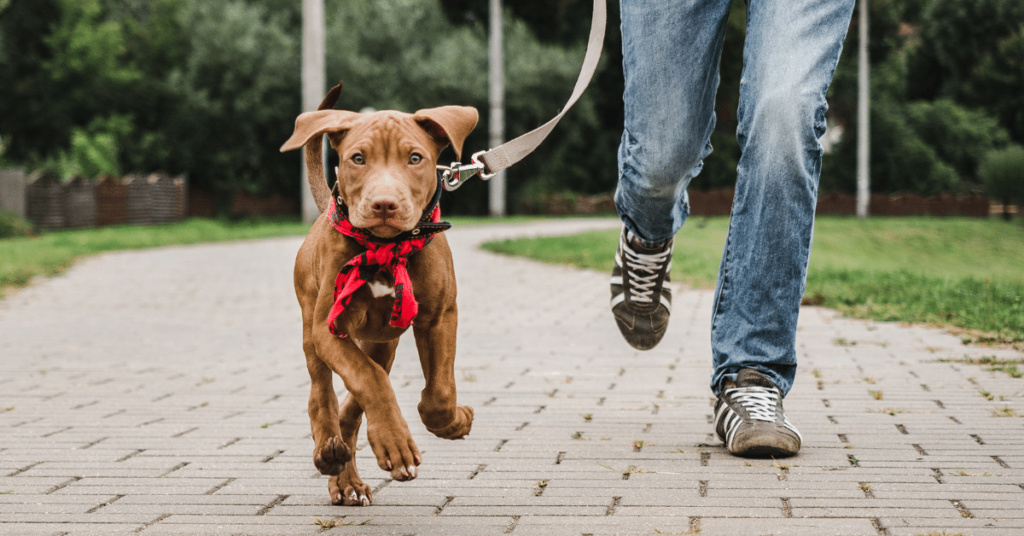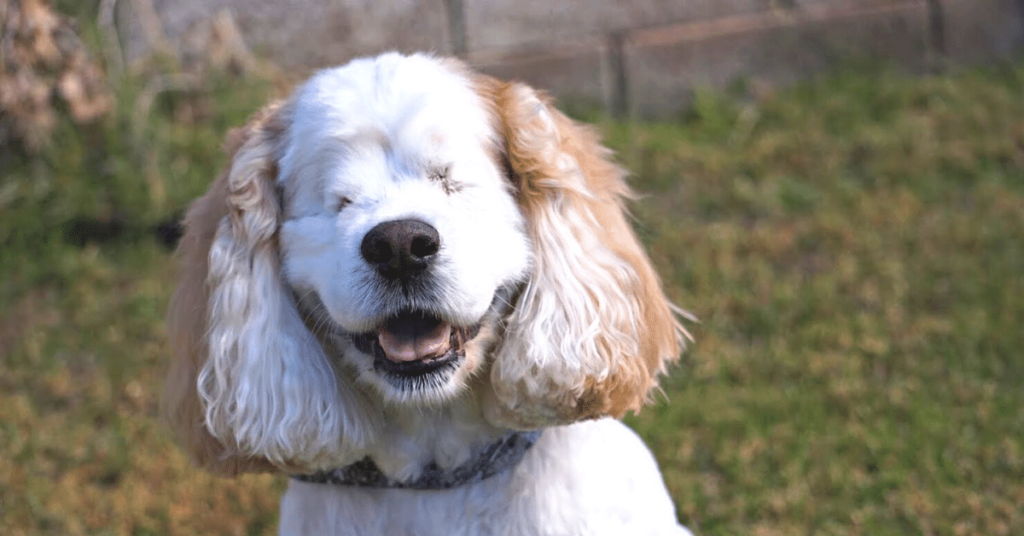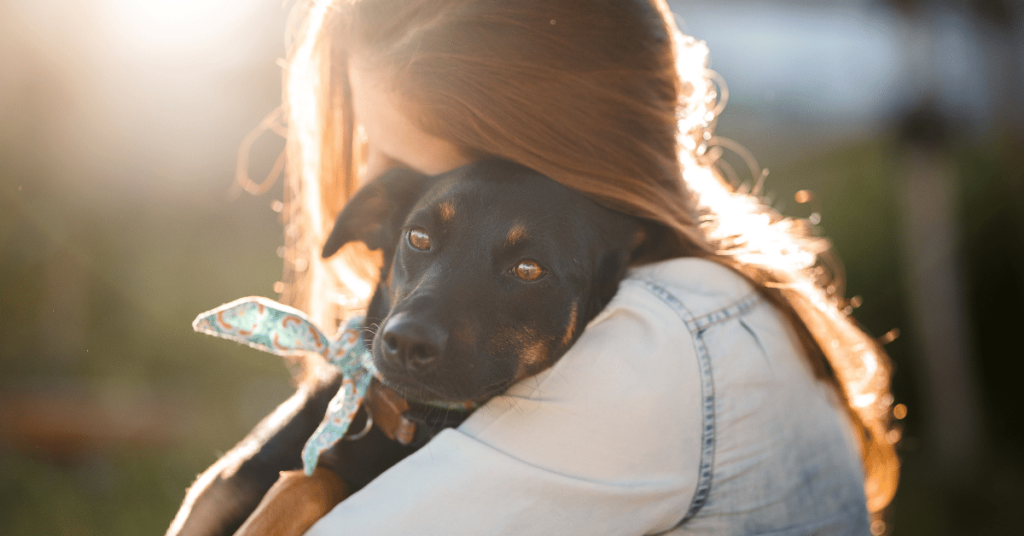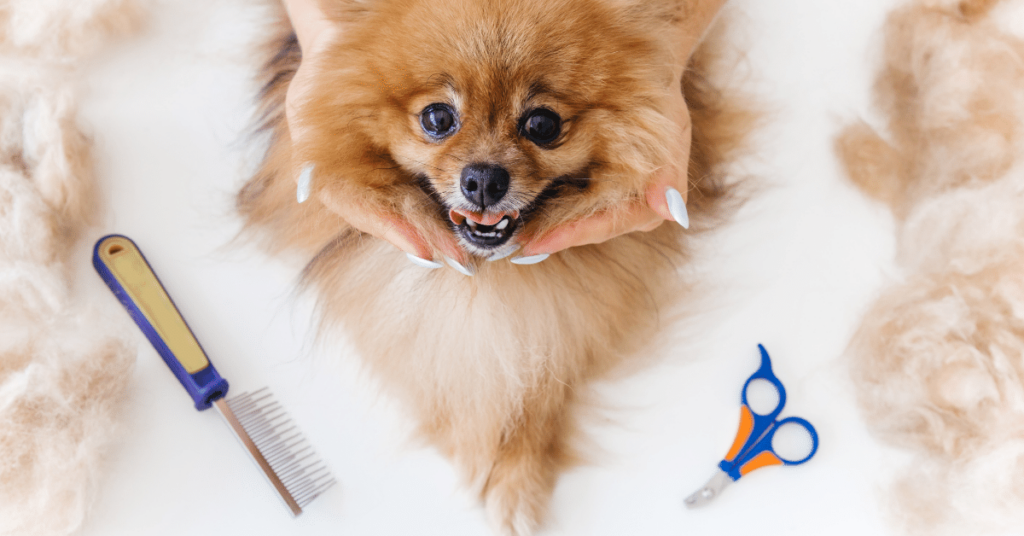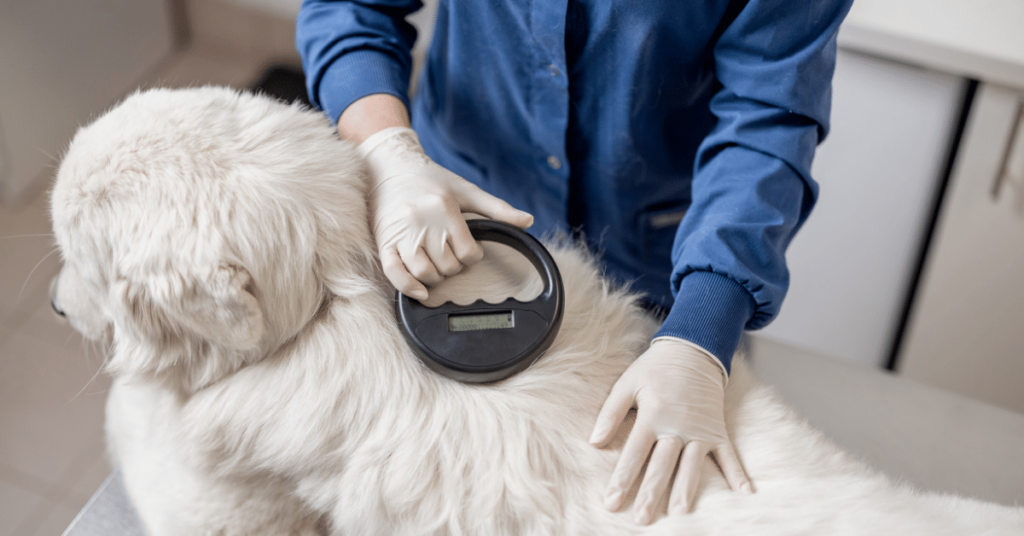Introduction
Leash training is an essential skill for every dog owner. It not only ensures a pleasant walking experience but also promotes obedience and safety. However, leash training can be a challenging endeavor without the right techniques. In this article, we will explore proven methods to train your dog to walk politely on a leash. By implementing these strategies, you can make your walks enjoyable and stress-free.
Understanding Leash Training
Before delving into the techniques, it is important to understand the purpose of leash training. Leash training teaches dogs to walk calmly beside their owners without pulling or lunging. Dogs often exhibit leash-related issues due to excitability, lack of training, or simply because they haven’t learned proper leash manners yet.
The Right Equipment
Choosing the appropriate equipment is crucial for successful leash training. Consider using a well-fitted harness or a traditional collar with a sturdy leash. Avoid using retractable leashes as they tend to encourage pulling behavior. Additionally, make sure the leash is neither too long nor too short. An ideal length is around 4 to 6 feet to maintain control while giving your dog some freedom to explore.
Basic Training Principles
Before hitting the streets, it’s essential to establish basic obedience skills. Teach your dog basic commands such as “sit,” “stay,” and “heel” in a controlled environment. This foundation will make leash training more manageable and set you and your pup up for success.
Positive Reinforcement
Positive reinforcement is a highly effective training technique commonly used in leash training. Reward your dog with treats, praise, or play whenever they exhibit desirable behavior on the leash. By associating good behavior with positive rewards, your dog will be motivated to repeat those actions.
Start Slow and Gradual
When introducing your dog to the leash, begin in a calm and familiar environment, such as your backyard. Allow your dog to get used to the feeling of wearing a leash and gradually increase the duration of these sessions. Over time, your dog will become more comfortable and less likely to resist or pull.
Loose Leash Walking
The key to successful leash training is teaching your dog to walk on a loose leash. Start by holding the leash with a relaxed grip and allow your dog some freedom to move. Whenever your dog pulls, abruptly stop and wait for them to return to your side. Reward them with praise and treats when they come back to you. Consistency is vital to reinforce the desired behavior.
Redirection and Distraction Techniques
During walks, dogs may encounter several distractions that can trigger pulling behavior. To redirect their focus and prevent pulling, carry small treats and toys. Use these items to regain your dog’s attention and reward them for walking calmly beside you. Consistently redirecting their focus will reinforce proper leash manners.
Consistency and Patience
Training a dog to walk politely on a leash takes time, consistency, and patience. Be prepared for setbacks and remember that each dog learns at their own pace. Stay calm and persistent, and avoid resorting to punishment or harsh corrections. Positive reinforcement and repetitive training sessions will yield the best results.
Troubleshooting Common Issues
Leash training may encounter some common issues that can impede progress. Here are a few common problems and how to address them:
- Pulling: If your dog continuously pulls, try changing direction abruptly whenever they start pulling. This will teach them that pulling leads to a detour, discouraging the behavior.
- Reactivity: If your dog reacts aggressively or excessively to other dogs or stimuli, seek the guidance of a professional trainer. They can assist you in desensitizing your dog to these triggers and promote positive interactions.
- Distractions: Dogs can easily get distracted by enticing smells or sounds. In such situations, use a firm command to regain their attention and guide them back to focus on the walk.
Summary
Leash training your dog requires patience, consistency, and positive reinforcement. By understanding the purpose of leash training, using the right equipment, and implementing effective techniques, you can create a pleasant walking experience for both you and your furry companion. Remember to start slow and gradual, reward desirable behavior, and redirect any pulling or distractions. With time and practice, your dog will become a well-behaved walking partner, making your outings an enjoyable adventure.

